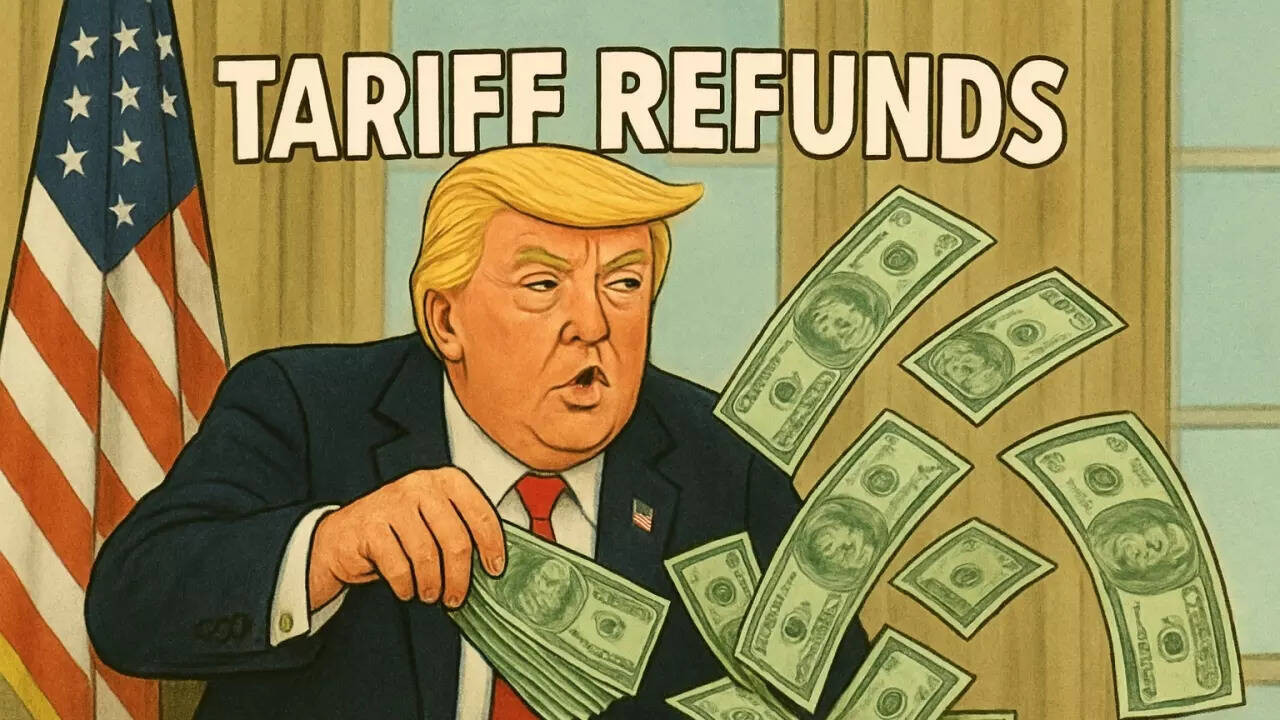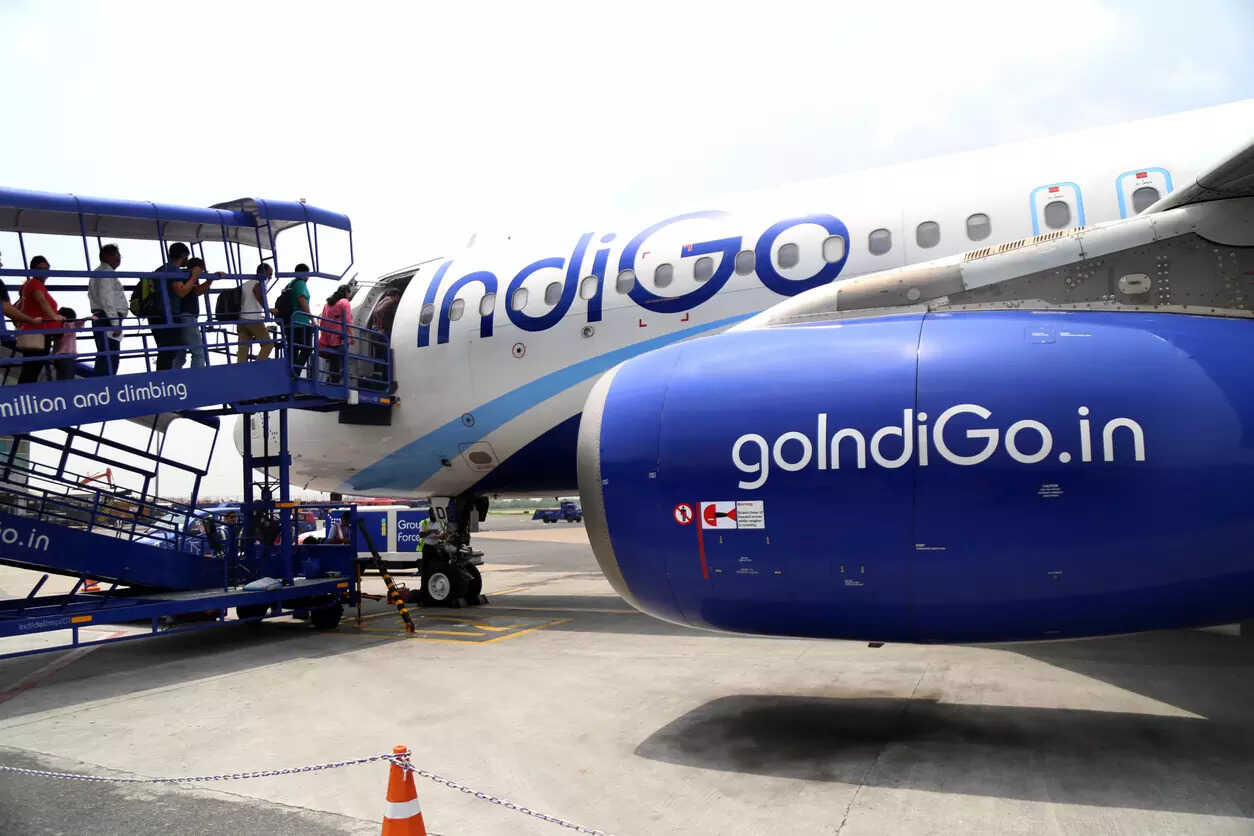If the Supreme Court rules against US President Donald Trump’s tariffs, it could trigger a massive refund of billions in duties, posing significant administrative hurdles. The government might resist returning the funds, potentially exploring new levies.
Navigating the Tariff Maze: Will Businesses Ever See Their Money Again?
Remember the trade wars? The headlines blaring about tariffs slapped on everything from steel to soybeans? While the dust seems to have settled somewhat, a nagging question lingers in the air: what happens to all that tariff money if those very tariffs are deemed unlawful? For businesses caught in the crossfire, the prospect of recouping billions is less a smooth reimbursement process and more a potentially chaotic scramble.
The simple act of paying tariffs felt anything but simple for many importers. Now, envision the complexity of unwinding that system, of tracing funds back to their origins and rightly returning them. It’s a bureaucratic behemoth, and businesses are understandably wary.
The fear isn’t necessarily about whether they deserve the refunds – the legal arguments in many cases are strong – but rather the sheer logistical and procedural hurdles that stand in their way. The U.S. government, while powerful, isn’t exactly known for its streamlined refund processes. Think tangled red tape, lengthy application forms, and the ever-present possibility of audits and challenges.
What adds another layer of complication is the fact that businesses weren’t just absorbing these costs. Many passed them along to consumers, impacting pricing across various sectors. Even if a business does successfully reclaim its tariff payments, what obligation, if any, do they have to pass those savings on? It becomes a thorny ethical and practical consideration.
The Long and Winding Road to Tariff Refunds
Obtaining tariff refunds could resemble navigating a complex legal labyrinth. Each case is unique, dependent on factors such as the specific goods involved, the tariff rate applied, and the legal basis for challenging the tariff’s legitimacy.

Imagine a small manufacturing company that imports components crucial to its production. It diligently paid tariffs for years, absorbing a hit to its profit margins. Now, with a potential legal challenge to those tariffs gaining traction, the company faces a difficult decision: invest significant resources in pursuing a refund claim, or simply cut its losses and move on? The answer often depends on the size of the potential refund and the company’s risk tolerance. For smaller businesses, the cost of legal representation alone can be a significant deterrent.
The challenge extends beyond mere paperwork. Government agencies are facing immense pressure, and processing these claims efficiently will be a monumental task. Businesses will need to meticulously document their imports, payments, and any associated legal arguments. Missing even a small detail could derail their claim.
A Global Ripple Effect of Tariff Adjustments
This isn’t just a U.S. problem. Many nations imposed retaliatory tariffs during the trade wars, creating a global web of levies. If the U.S. reverses its tariffs, other countries may feel compelled to follow suit. This creates a domino effect, potentially triggering a wave of refund claims across the globe.
The implications reach far beyond individual businesses. The sheer volume of potential refunds could strain government budgets, impacting public services and infrastructure projects. It also raises questions about international trade relations. How will countries navigate this complex landscape, ensuring fairness and transparency in the refund process?
Think of the agricultural sector, for instance. Farmers, who bore the brunt of retaliatory tariffs on exports, would greatly benefit from a refund mechanism. However, the logistical challenges of distributing these refunds fairly and efficiently are immense.
Optimism Tempered by Reality
While the prospect of recovering billions is undoubtedly enticing, businesses should temper their optimism with a healthy dose of realism. The process will likely be protracted, complex, and fraught with potential pitfalls. Careful preparation, meticulous documentation, and potentially legal expertise will be essential.
Businesses might benefit from collaborating, sharing information, and potentially even pooling resources to navigate this complex landscape. Strength in numbers can increase their chances of success. Consider joining industry associations or trade groups that can provide support and advocacy during this challenging time. Check out related articles on supply chain management for other tips and strategies.
Ultimately, the road to tariff refunds promises to be a long and winding one. While the potential financial gains are significant, businesses must be prepared for a bureaucratic battle. Success will depend on their ability to navigate the complex legal and procedural hurdles, and on the willingness of governments to implement a fair and efficient refund process. The stakes are high, not just for businesses, but for the global trade landscape as a whole.







